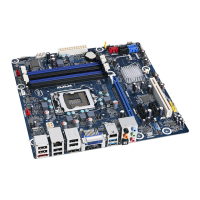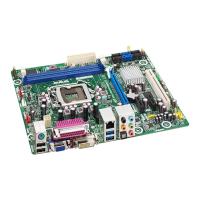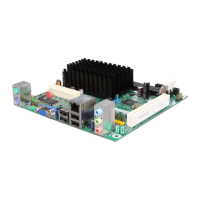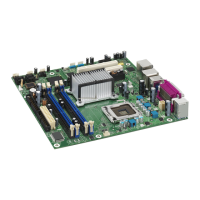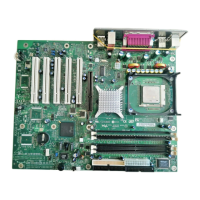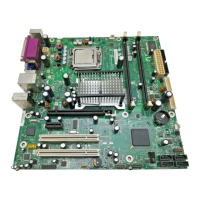23
4. Turn on your peripheral as following order:
a. Your monitor.
b. Other external peripheral (Printer, Scanner, External Modem etc…)
c. Your system power. For ATX power supplies, you need to turn on the power
supply and press the ATX power switch on the front side of the case.
5. The power LED on the front panel of the system case will light. The LED on
the monitor may light up or switch between orange and green after the system is
on. If it complies with green standards or if it is has a power standby feature.
The system will then run power-on test. While the test are running, the BIOS
will alarm beeps or additional message will appear on the screen.
If you do not see any thing within 30 seconds from the time you turn on the
power. The system may have failed on power-on test. Recheck your jumper
settings and connections or call your retailer for assistance.
Beep Meaning
One short beep when displaying
logo
No error during POST
Long beeps in an endless loop No DRAM install or detected
One long beep followed by three
short beeps
Video card not found or video card
memory bad
High frequency beeps when system
is working
CPU overheated
System running at a lower frequency
6.
During power-on, press <Delete> key to enter BIOS setup. Follow the
instructions in BIOS SETUP.
7.
Power off your computer:
You must first exit or shut down your operating
system before switch off the power switch. For ATX power supply, you can press
ATX power switching after exiting or shutting down your operating system. If
you use Windows 9X, click
“Start”
button, click
“Shut down”
and then click
“Shut down the computer?”
The power supply should turn off after windows
shut down.
Chapter 3
Introducing BIOS
The BIOS is a program located on a Flash Memory on the motherboard. This
program is a bridge between motherboard and operating system. When you start the
computer, the BIOS program gain control. The BIOS first operates an auto-diagnostic
test called POST (power on self test) for all the necessary hardware, it detects the

